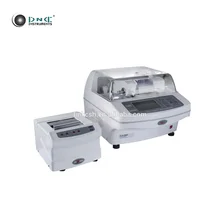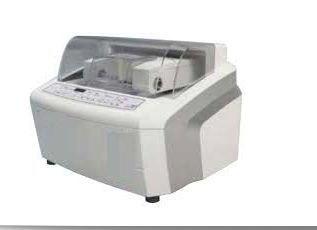Anyone who has bought a (semi-) professional camera for the first time will soon be faced with a dilemma. Which lens do you need for the subjects you would like to photograph? And what do all those signs on your lens mean, like aperture, filter size and more? In this overview you can read about the various options.
Types of lenses
We often use the word ‘lens’, but officially we use the term ‘objective’. This is because it is a construction consisting of several lens elements and a front lens edger . There are different types of lenses available, which offer different perspectives:
Wide-angle lens: A wide-angle lens offers a wide perspective, allowing you to capture even more of the surroundings than you perceive with the naked eye. (Think of wide landscape photographs)

Often these lenses are on a full frame camera between 12-24mm, on an APS-c camera 10-18mm and with MFT from 7mm.
Standard lens: A standard lens is between 35-50mm and offers approximately the same perspective as we can see with the eye; not zoomed in or out.
Tele-lens: A tele-lens works like binoculars: you can take pictures of objects that are far away from you. ‘Tele’ starts from 50mm on a full frame camera and can sometimes even reach up to 2000mm.
Macro lens: A macro lens is specially made for shooting objects from very close-up, such as small creatures or details. A macro lens can be used in telephoto (90mm) or wide-angle (35mm).
Standard zoom lenses: These are the typical all-rounders (often in the form of a ‘kit lens’). From a wide landscape to a portrait: it can all be done with a standard zoom. The range of a typical standard zoom is 24-70 mm on a full frame camera, 18-55 on an APS-c camera and 12-35 on an MFT camera. (However, although the standard zoom of all markets is at home, you often deliver on quality.)
Lenses with a fixed focal length: A lens with a fixed focal point offers, in contrast to a zoom lens, only one perspective: you can not zoom in or out. This makes the lens less versatile (for example, you will have to change lenses more often at an event), but often offers higher image quality and weight. Also, a lens with fixed focal point often offers an excellent price-quality ratio, such as the well-known 50 mm F1.8.
What do all those abbreviations mean on the lens?
Aperture (F-number): With the aperture we mean the size of the aperture in the lens. The larger the opening, the more light can fall into the lens, the brighter the lens. A low F-number (between 1.0-2.8) means a bright lens. Do you want a more detailed explanation of how to use an aperture? Then look here .
Zoom range (MM): The number of mm represents the zoom range of your lens. The more mm you have, the further you can zoom in, and the closer you can get the subject. An 18mm lens is for example a wide-angle lens, and 55 mm a light-telephoto lens. Is there only one number in mms on your lens? Then you have a lens with a fixed focal length. If you want to zoom in this case you have to get closer or further away from your subject.

